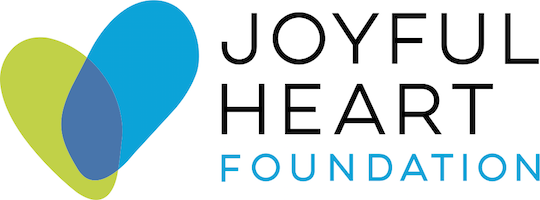You can leave this site quickly.
Learn more about Internet safety.
1in6 Thursday: Resources to Address Sexual Victimization of Males on a College Campus
I work on a college campus full of faculty and professional staff, most of whom actively want to do good for our survivors of sexual violence on campus. However, we live in a society that perpetuates ideas about who can and cannot be affected by interpersonal violence (IPV).
At the University of New Hampshire (UNH), I work at the Sexual Harassment and Rape Prevention Program (SHARPP), where I have developed a training for staff entitled “Male Victims of Sexual Violence: Deconstructing Myths and Creating a Community of Healing.” This presentation has grown in popularity, and over the past year, I have presented it over twenty times across the state to a variety of audiences and campuses, and even nationally at conferences. The process of creating this training has been remarkable, and the popularity has been an indication of the need.
In September of 2014, just after starting my position as the Male Victim Program Coordinator at UNH, I was asked to present a training for our New Hampshire AmeriCorps Victim Assistance Program. I was tasked with determining how I would discuss both men who have had unwanted experiences in childhood, and men who experienced sexual assault as adults in the same ninety-minute presentation.
I utilized my resources heavily, drawing both from the staff at 1in6 and campuses on the 1in6 Men on Campus National Task Force. Their guidance, combined with readings and workshops I have attended, allowed me to determine what I felt to be the most important topic to address: myths and misconceptions.
There is a real value in audiences considering everything we have been socialized to think about who our society “allows” to be victims of sexual violence, and what we do that prevents many people from feeling like they can come forward. During my training, we cover research, real life cases, and where people can go for more information, but the bulk of the work is done in taking apart these myths in three stages:
1. How is this myth harmful?
2. How did this myth come to be?
3. How can we change societal thinking to be more inclusive of men who have had these experiences?
Since starting this training opportunity, I have been fortunate enough to see an immediate demand for training from so many offices and audiences that may have an opportunity to work with these men. It is my philosophy that the work needs to begin there.
Once the awareness raising and outreach begins to include male victimization, I believe we will see people starting to go and seek services. It is our responsibility to make sure that each system that could interact with male survivors has the tools they need to serve this population effectively. At UNH, that meant creating a list of all of the offices that frequently refer student clients to our office, and conducting trainings that met that need. Examples include:
• Health care providers (clinical staff, health education counselors)
• Mental health providers
• Law enforcement agencies/conduct offices
• Administrators/policy makers
I regularly get feedback from those who have attended the presentations, including this quote, which I think speaks to why this training is needed and important:
“I just want to thank you for sharing your presentation. If I'm honest, I have always had a hard time considering men as victims. Growing up, I was taught to believe a lot of the myths we talked about as truth... It's been a long road for me to undo a lot of backwards thinking, and yesterday I was almost in tears a few times, just thinking about how we as a culture in general have denied men who experience sexual abuse or violence as either boys or grown men the right to be heard and believed. How damaging for everyone. Anyway, all that to say, keep speaking for those who aren't heard. Thanks again for sharing!” –Hotline Advocate from a New Hampshire Rape Crisis Center
For myself, there is a thoughtful and intentional way to approach having these conversations. I have a background in social justice and inclusivity, and when looking at male victimization, it is my philosophy that if we approach it through a lens of sexism, the patriarchy, and examining gender roles, we can fundamentally change the way people view this population.
Those strict gender roles are preventing men from being “allowed” to be vulnerable. I think it is in that lens of social justice that we can really dig into how we open up this conversation. Once we start engaging in inclusive conversations around sexual violence, I believe we will have contributed to a climate that supports men in their healing.
I have written previously about how UNH implements the 1BlueString campaign on our campus, and 1BlueString has grown even more since that post and certainly informs my training. Some of the men that I have begun to work with on campus have submitted narratives to illustrate their stories. It is incredibly important that we always try to lift up the voices of those impacted, because often times that is where we have the most to learn.
1in6 offers a number of great trainings, both webinars and in-person. I encourage you to check out their offerings and if I can be a resource to you feel free to send me an email as well atzachary.ahmad-kahloon@unh.edu.

- By Zachary Ahmad-Kahloon
Zachary Ahmad-Kahloon is a New England-based, sexual-assault advocate and educator with a specialty around college campuses. He is a staff member at the University of New Hampshire’s Sexual Harassment and Rape Prevention Program (SHARPP) where he serves as the Male Victim Program Coordinator and Educator. He has presented at several college campuses and local agencies around the topics of male sexual victimization and healing.




Your Voices